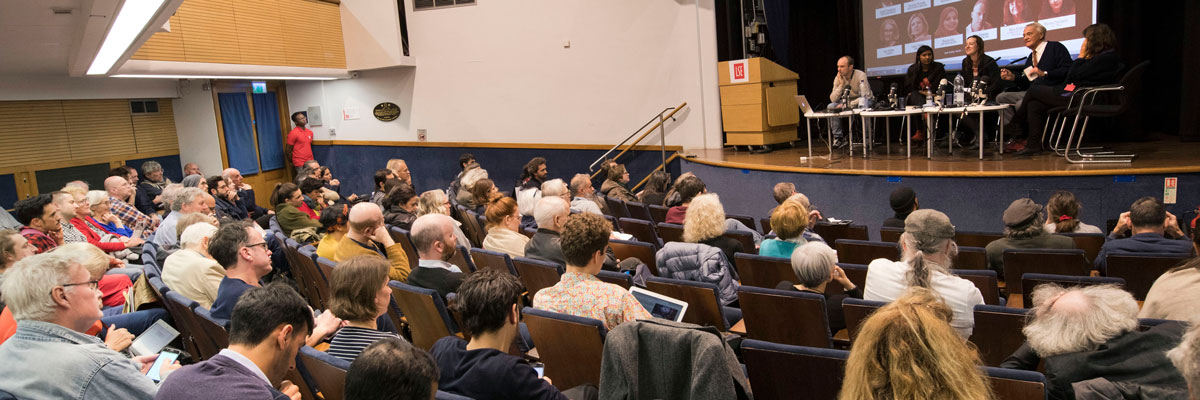The devastating defeat

This is the first of a two-part report aimed at understanding the causes of the Labour Party’s electoral defeat. In part one we analyse the national data behind the defeat. We draw out the links between social class, economic geography and values in Britain’s new political divides.
The report analyses the changing nature of the UK’s political geography. It analyses changing electoral patterns through four new categories:
- Multi-Ethnic Working Class Labour Heartlands
- Young Cosmopolitan Centres of the New Capitalism
- The Brexit Voting Towns of Left Behind Britain
- The Affluent and Middle Class Conservative Shires
It reveals distinctive new patterns that have combined to create challenging circumstances for the Labour Party in England and Wales. As well as analysing “where Labour’s voters went'”, it links the constituency analysis to existing categories used by the British Electoral Study on socially conservative (‘authoritarian’) views and socially liberally views. While the report argues Labour should not, for both moral and electoral reasons, move in the direction of social conservatism on issues like criminal justice and minority rights, it does need to find a way of winning support from socially conservative voters. The Labour Party can do this because there is majority, broad public support for their progressive economic policies. But Labour still needs to work on persuading these voters it has a credible plan to implement its economic agenda and can be trusted to do so. These are the big questions the incoming candidates for party leader face.












